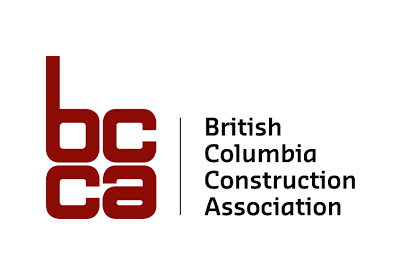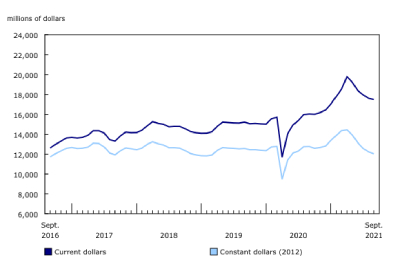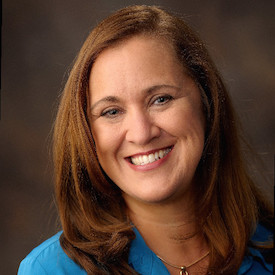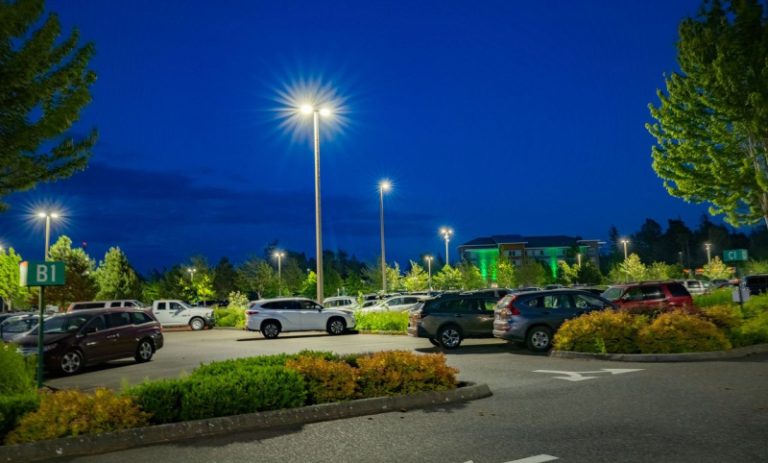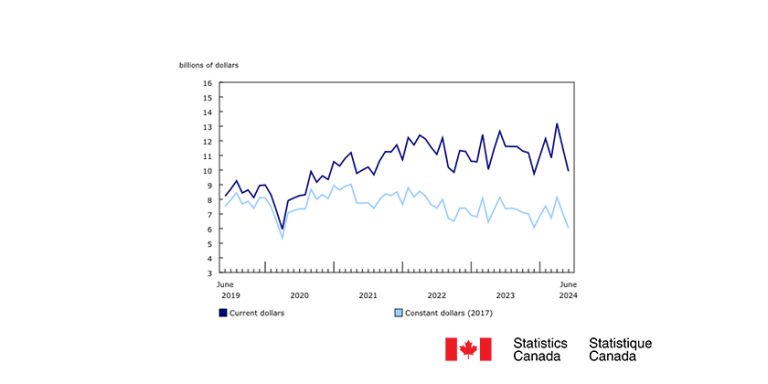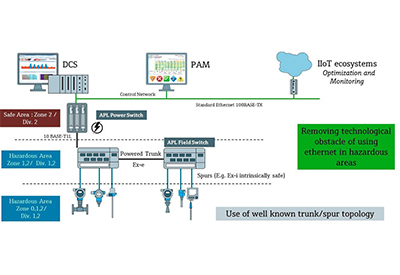Guide to the Canadian Electrical Code, Part I — Instalment 3
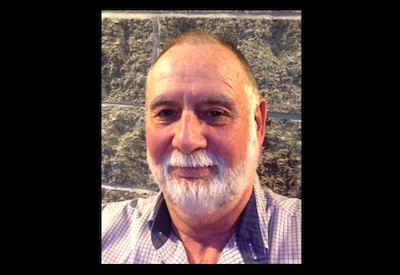
Dec 8, 2019
By William (Bill) Burr
Often, code users encounter situations where they find themselves at odds with the rules contained in the CEC, Part I. These situations can occur for designers, consultants, installers, inspectors, manufacturers, students, instructors and standards developers alike, and these situations usually are a result of a misreading, misunderstanding, misapplication or inability to locate the requirement that is needed or that is relevant to their tasks. The code is a comprehensive document. Sometimes, it can seem quite daunting to quickly find the information you need. In this current series of articles, I will provide a guide to help users find their way through this critical document. This is not intended to replace the notes in Appendix B or the explanations of individual requirements contained in the CEC Handbook, but will hopefully provide some help in navigating while reading the code. Here in this issue: Section 6 — Services and Service Equipment. Since earlier articles were based on the 23rd Edition of the CEC, Part I, I have revised these articles to reflect any changes made pursuant to the 24th Edition.
Section 6 of the code outlines the rules applicable to the electrical installation of service equipment, including the consumer’s service and the supply service. As per the definitions in Section 0:
• a consumer’s service includes all that part of the consumer’s installation from the service box or equivalent, up to the point connection is made to the supply service
• a service box is an assembly consisting of an enclosure that can be locked or sealed, containing either fuses and a switch, or a circuit breaker, and designed so that it is possible to operate either the switch or circuit breaker to the open position by manual means when the box is closed
• a supply service means any one set of conductors run by a supply authority from its mains to a consumer’s service
• a service room is a room or space provided in a building to accommodate building service equipment, and constructed in accordance with the National Building Code of Canada, or applicable local legislation
• a supply authority is any person, firm, corporation, company, commission, or other organization responsible for an electrical power distribution network that connects to a consumer’s service
Note that “supply authority” can include public utilities as well as private electrical power networks that are considered to be supply authorities by the regulatory authority having jurisdiction. Also, according to the scope outlined in Section 0, equipment and work employed by the supply authority, in its function as a utility, are not covered by this code. However, this section does have rules only for the attachment point of the supply service. The rest is deemed to be outside the scope of the code since it is installed by the utility.
There is also one special terminology definition applicable to this section: transformer rated meter mounting device, which is a meter mounting device with current transformers that may have test switches mounted in the same enclosure.
As noted above, this section deals with all electrical services. However, services and service equipment over 750 volts may be changed by rules in Section 36 — High-voltage installations. We will discuss these modifications when we get to Section 36, but if you are intending to install a high-voltage service be aware there may be rating, capacity and overcurrent protection modifications for high-voltage service equipment rules.
The General Part deals with the number, arrangement and location of electrical services.
Normally, according to Rule 6-102, only one service is run to a building, however, more than one supply service may be run to any building provided that each supply service is supplying:
• fire pumps, in accordance with Section 32
• an industrial establishment, or
• completely self-contained row type occupancies, with separate entrances to ground level
The service boxes for such supply services associated with multiple supply services must be grouped, where practicable. Where this is not possible, a permanent diagram must be affixed beside each supply service box showing where the other service boxes are located. In any case the Appendix B note to this section advises that it is prudent to consult with the supply authority on the number and location of supply services.
Rule 6-104 further provides for a maximum of four consumer’s services of the same voltage and characteristics (normally number of phases) run to any one supply service.
Rules 6-106 to 6-110 provide rules regarding service supply from
• more than one system
• an electric railway
• for a 3-wire system where more than two 120-volt circuits are installed
Rules 6-112 to 6-116 outline the requirement for support, clearance, and termination of consumer’s service conductors or cables and location of a consumer’s service head. The Appendix B notes for this section are very helpful in designing and installing a consumer’s service.
Rule 6-112 outlines that a means of attachment be provided for all supply or consumer’s service conductors or cables and requires that
• the point of attachment must be
◦ on the same side of the building as the consumer’s service head or equivalent
◦ solidly anchored to the structure or service mast
◦ in a position that allows the overhead service conductors or cables to have an angle away from the structure
◦ in compliance with the requirements of the supply authority
• the point of attachment of supply or consumer’s service conductors or cables must not exceed 9 m above grade or sidewalk and be located so the clearance of supply conductors or cables at any point above finished grade be at least
◦ 5.5 m across highways, streets, lanes, and alleys
◦ 4 m across driveways to residential garages
◦ 5 m across driveways to commercial and industrial premises
◦ 3.5 m across ground normally accessible to pedestrians only
• exposed service conductors or cables must be located above windows, doors, and porches or have a clearance of at least 1 m
• where service masts are used, they must be of metal and assembled from components suitable for service mast use. Provided that all other requirements for a service mast are followed, Rigid steel conduit of 63 minimum nominal trade size, may be used
• bolts must be used for securing the means of attachment at the point of attachment, and not less than 38mm in any dimension on wooden structural members
• the supply or consumer’s service conductor support must not be attached to the roof of a structure, except to fasten the upper service mast support, eye bolt, and guy wire attached, to a main structural member of the roof
Rule 6-114 outlines the methods of terminating conductors or cables at consumer’s services and requires that:
• the supply end of a consumer’s service be equipped with a service head that is suitable for use in a wet location, except for
◦ service cables that are continuous from the supply service to the service equipment
◦ single or multi-conductor cables, the service head may be omitted, provided that the cable ends in a termination suitable for exposure to the weather, or the cable ends are sealed with self-sealing weather-resistant thermoplastic tape or heat-shrinkable tubing • both single and multi-conductor cables are bent as necessary so the conductors emerging from the sealed point of the cable termination point downwards • the cables are held securely in place by a clamp, fitting, or cable termination
• conductors of different polarity be brought out through separately bushed holes of the service head
• consumer’s service conductors be installed so that the consumer’s service conductors beyond the service are adequate to enable connection to the supply service conductors with a minimum length of 750 mm, and be provided with drip loops as specified in Rule 6-302 (3)
• the overhead supply service conductors or cables and the consumer’s service conductors be arranged according to the requirements of Rule 6-116 to prevent moisture and water from entering service raceways, cables, or equipment
Rule 6-116 outlines the location of the consumer’s service head location and requires that it be installed in compliance with the requirements of the supply authority; and in such a position that the point of emergence of the conductors from the consumer’s service head or equivalent is a minimum of 150 mm and a maximum of 300 mm above; and a maximum of 600 mm horizontally, from the support for attachment of the overhead service conductors or cables.
The Control and Protective Equipment part of this section specifies how services are controlled, as well as measures for the protection of persons and property.
Rules 6-200 to 6-204 delineate the need for and for the arrangement of service boxes.
Rule 6-202 requires that in multiple occupancy and in single occupancy multi-rate service
• each subdivision of the main consumer’s service be provided with a separate service box, or equivalent multi-service equipment except where a special permission deviation as per Rule 2-030 for single occupancy multi-rate services only has been allowed
• where the main consumer’s service overcurrent devices adequately protect any subdivision of the main consumer’s service, the separate service box for the subdivision may be omitted
Rule 6-204 requires that where a service box has one or more fuseholders, which are accessible without opening the door, the fuseholder and fuses must be completely enclosed behind a separate door with a spring or substantial catch closure.
Rules 6-206 to 6-214 discuss
• the location of consumer’s service equipment and conductors
• the use of oil switches and oil circuit breakers as service switches
• wiring space in enclosures
• marking of service switches
Rule 6-206 outlines consumer’s service equipment location and requires that equipment:
• be installed in a location that complies with the requirements of the supply authority
• be readily accessible or have the means of operation readily accessible, except as provided for below re unauthorized operation
• be placed within the building being served as close as practicable to the point where the consumer’s service conductors enter the building and
• not be in:
◦ coal bins, clothes closets, bathrooms, and stairways
◦ rooms where the ambient temperature exceeds 30 °C under normal conditions
◦ dangerous or hazardous locations
◦ locations where the headroom clearance is less than 2 m, or
◦ in any similar undesirable places; and
• where subject to unauthorized operation, the service disconnecting means may be made inaccessible by
◦ an integral locking device
◦ an external lockable cover, or
◦ location of the service box inside a separate building, room, or enclosure
The service disconnecting means may be placed on the outside of the building or on a pole if it is
• installed in an enclosure designed for use in outdoor locations or protected against the weather
• protected against mechanical damage, if located less than 2 m above ground
Again, note that Appendix B suggests that the local regulatory authority be consulted regarding the locking of service boxes in the ‘on’ position and regarding the location of service boxes and meter mounting devices, as the supply authority requires access to this service equipment.
Rule 6-208 provides direction on the location of consumer’s service conductors and requires that raceways or cables containing consumer’s service conductors be located outside buildings unless they
• are embedded in and encircled by not less than 50 mm of concrete or masonry
• are directly buried in accordance with Rule 6-300 and located beneath a concrete slab not less than 50 mm thick
• are run underneath a structure in a non-combustible crawl space, not more than 1.8m in height and not used for storage of combustible material, or
• enter the building for connection to a service box
Rule 6-210 gives direction on oil switches and oil circuit breakers used as consumer’s service switches and requires that
• isolating switches be installed on the supply side and interlocked with oil switches and oil circuit breakers, except for metal clad equipment, where the primary isolating device is the equivalent of an isolating switch or link, and
• where overcurrent trip coils are used for breakers, one shall be installed on each ungrounded conductor of the circuit, or
• where the capacity of the transformers and the extent of the network supplying the service is sufficiently small, and a deviation has been allowed in accordance with Rule 2-030, two trip coils, one in each phase of a 4-wire, two-phase ungrounded service, may be used
Rule 6-212 requires that
• wiring space in enclosures for circuit breakers and externally operated switches are not used as junction boxes, troughs, or raceways for conductors feeding through or tapping off to other apparatus, except for service equipment designed for accommodating current monitoring devices, and
• consumer’s service conductors entering a service box that is not equipped with a barrier between the line and load sides
◦ enter the service box as close as possible to the line terminals of the main switch or circuit breaker
◦ not meet or cross conductors connected to the load terminals of the main switch or circuit breaker
Rule 6-214 requires that if there is more than one service box, each box shall be labelled in a conspicuous, legible, and permanent manner to indicate clearly which installation or portion of an installation it controls.
The Wiring Methods part has guidelines for the selection, minimum size, and installation of consumer’s service conductors.
Rules 6-300 to 6-304 provide the methods for installing consumer’s service conductors and cables and address:
• Rule 6-300, the installation of underground consumer’s service conductors
• Rule 6-302, the installation of overhead consumer’s service conductors
• Rule 6-304, the use of mineral insulated and aluminum sheathed cables
Rule 6-306 specifies that consumer’s service raceways
• contain only consumer’s service conductors
• be protected from mechanical damage
• have a minimal cross section size of 21mm
Rule 6-308 provides that a neutral or identified service conductor may be bare if
• of copper run in a raceway
• of aluminum run above ground in a non-metallic or aluminum raceway
• part of a busway or service entrance cable or
• part of a neutral supported cable used as an overhead consumer’s service
Rule 6-310 prohibits the use of joints in a consumer’s service neutral conductor except
• with a clamp or bolted connection in a meter mounting device or at the service head where exposed wiring is used for an overhead service
• by a joint underground, where such a joint is required to repair damage to the original installation or to accommodate a pole or service relocation, and is made in accordance with the requirements of Rule 12-112 (5), or
• where a cable transition is made to meet the requirements of Rule 4-006
Rule 312 requires that, to drain condensation, a consumer’s service raceway entering a building be
• sealed and be suitably drained where it enters the building above grade level
• not be terminated on top of the service box, except where drained outdoors
The Metering Equipment part gives us the guidelines for selection, arrangement and installation of meters and metering equipment. Metering equipment includes current and potential transformers and associated measuring equipment.
Rules 6-402 to 6-410 outline
• the location and method of installing meter loops
• selection and installation of instrument transformer enclosures
• disconnecting means for meters
• location of meters and the space required for meters
Finally, Rule 6-412 has specifications for metering impedance grounded systems.
These are the specific rules that apply to all services. However, the rules of the other general sections also may apply to services and service equipment selection and installation.
In the next instalment: Section 8 — Circuit loading and demand factors.
William (Bill) Burr is the former Chair of the Canadian Advisory Council on Electrical Safety (CACES), former Director of Electrical and Elevator Safety for the Province of BC, and former Director of Electrical and Gas Standards Development and former Director of Conformity Assessment at CSA Group. Bill can be reached at Burr and Associates Consulting billburr@gmail.com.



